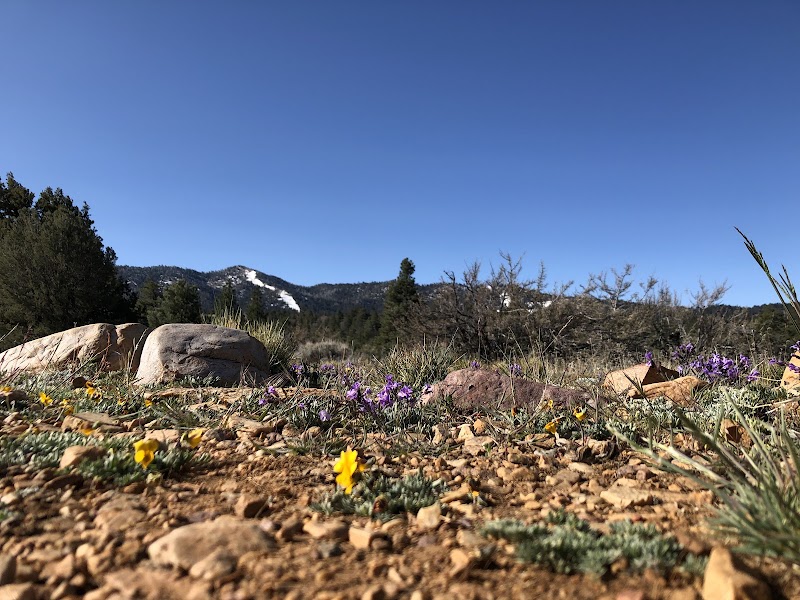
Pebble Plains of San Bernardino National Forest Adventures
The Pebble Plains of San Bernardino National Forest are a unique and fragile ecosystem known for their rare plant species and distinctive geologic features, attracting nature enthusiasts and botanists alike.
About Pebble Plains of San Bernardino National Forest

The Pebble Plains of San Bernardino National Forest, situated in Southern California, represent a unique and fragile ecosystem composed of rare soils and plant life adapted to high-altitude conditions. These plains feature a distinctive geological structure, primarily made up of ancient quartzite pebbles, which supports endemic flora such as the Cushenbury oxytheca, Bear Valley sandwort, and Baldwin Lake linanthus. These species thrive in this microhabitat, which is often compared to an ecological island surrounded by more common forest biomes. The area is valued for its biological diversity and is a hotspot for conservation efforts due to the concentration of species found nowhere else in the world. Historically, the plains have been preserved due to their scientific importance and serve as a living laboratory for ecological studies. The landscape offers serene settings for hiking and nature photography, with trails that weave through these unique environments, providing visitors a glimpse of a rare ecosystem that exists on the edge of other forested areas. Due to its sensitive nature, the area is monitored, ensuring recreational activities do not disrupt the delicate balance of life it hosts, making it both a natural wonder and a conservation priority.
Highlights
Baldwin Lake Ecological Reserve
Unique endemic plant species
Scenic high-desert vistas
Rare geological formations
Notable Natural Features
Quartzite Pebbles
These pebbles are remnants of ancient seas and form the substrate that supports the unique flora of the plains.
Cushenbury Oxytheca
A rare plant species only found in this region, making it a highlight for botanists and plant enthusiasts.
Alpine Views
Offering panoramic views of the surrounding San Bernardino Mountains and high desert landscape.
